More
Pacific University Art & Design

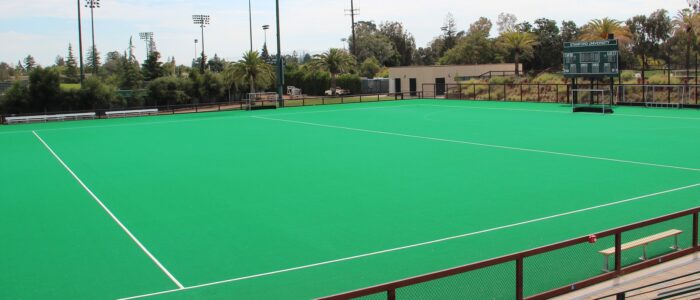
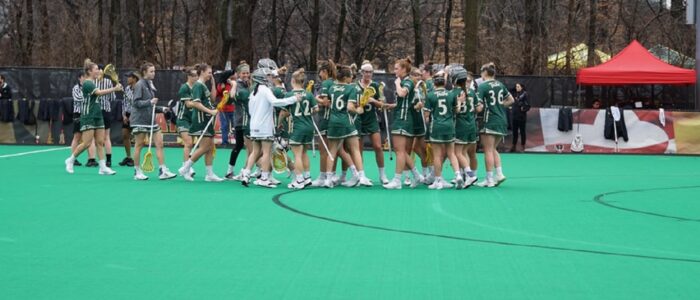
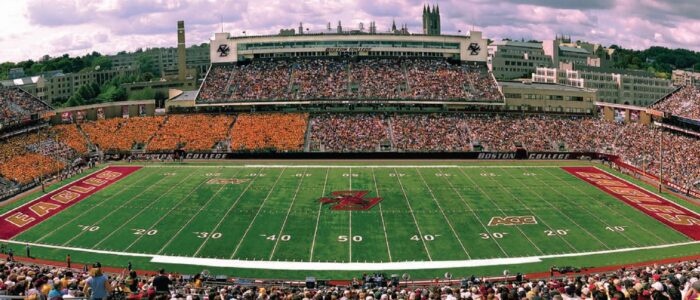
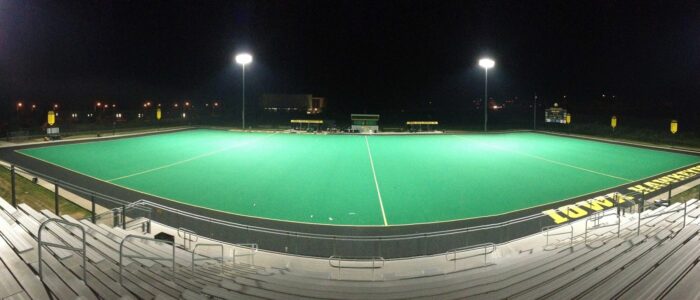
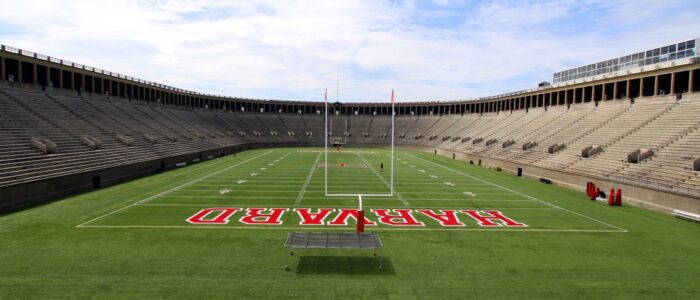
The Synthetic Turf Council is a 501(c)6 non-profit trade association serving the synthetic turf industry. Its vision is to improve the world through synthetic turf. Its mission is to serve as the global forum to promote, develop, grow and advocate for the synthetic turf industry. As a voice in its industry, it promotes the benefits of synthetic turf systems, it provides credentialing services and, for our purpose produces a bibliography of consensus products relevant to the education facility industry:
Synthetic Turf Council Technical Guidelines
You may communicate directly with the Council at the link below:
Synthetic Turf Council Contact Information
We do not find any open public consultations at the moment but we keep the Council’s consensus products in on the standing agenda of our Sport teleconferences. See our CALENDAR for the next online meeting.
LEARN MORE:
White Papers & Technical Presentations
Summer Meals for Kids Site Finder
Ann Arbor Public Schools | Student Summer Food Service Program
|
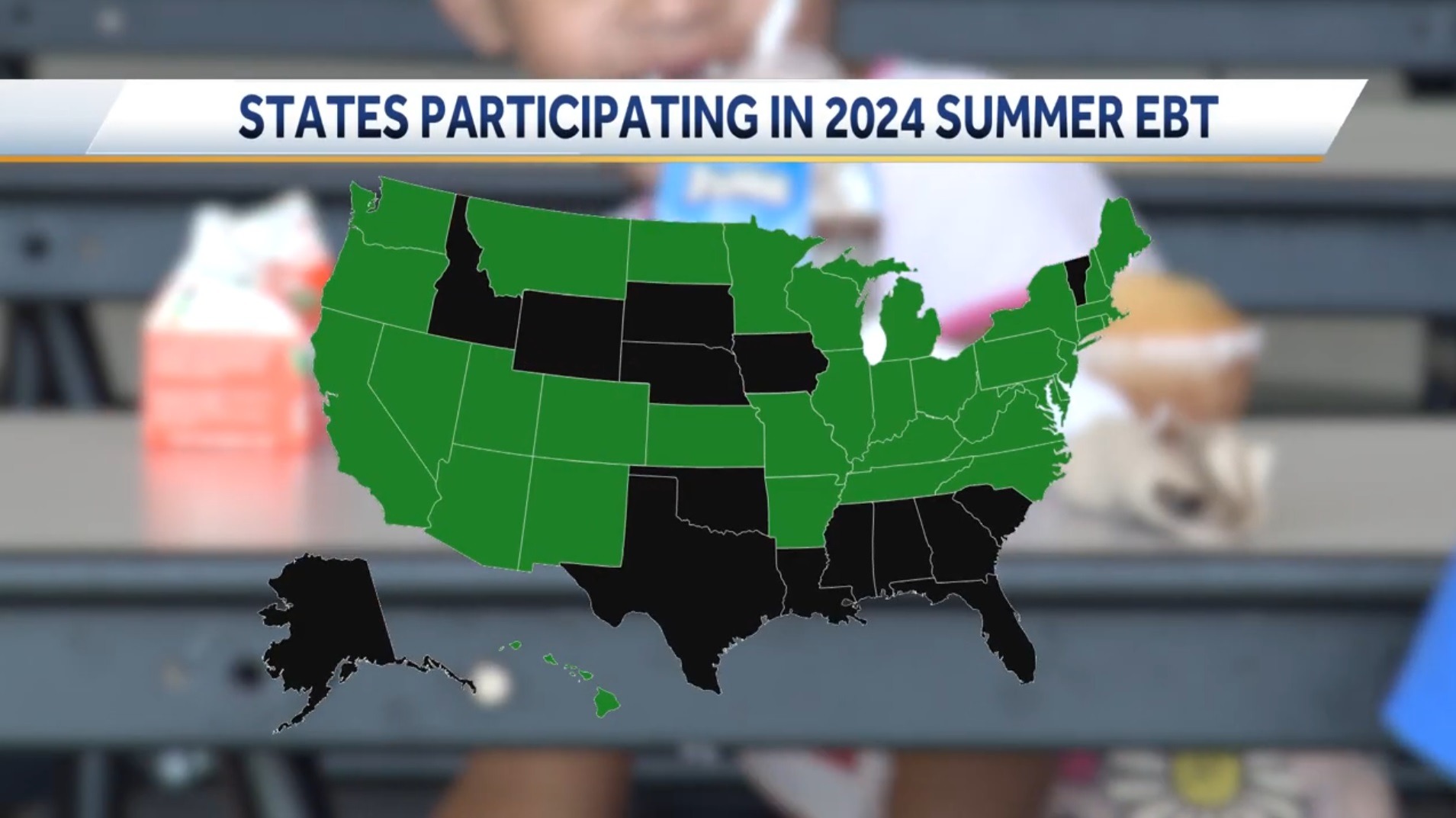
Readings
“The Negro Family: The Case For National Action” 1965 Daniel Patrick Moynihan
“Black Rednecks and White Liberals” by Thomas Sowell
“Please Stop Helping Us: How Liberals Make It Harder for Blacks to Succeed” by Jason L. Riley
“Losing the Race: Self-Sabotage in Black America” by John McWhorter
Related:
Open agenda; Not Too Organized. Whatever anyone wants to talk about. We do this once every month. Use the login credentials at the upper right of our home page.
Summer Hours at our State Street Office: 8:30 AM – 4:00 PM
Join us for lunch 11:45 AM – 1:15 PM every Wednesday at the University of Michigan Business School
What is the #USNC and how does it impact #standards for #electrotechnology?
Learn more about the U.S. National Committee to the International Electrotechnical Commission (IEC) in a new video: Welcome to the USNChttps://t.co/hsKfDrxaVO pic.twitter.com/qA8WEYsIg8
— ANSI (@ansidotorg) June 21, 2024
THE COLLEGE CRISIS
A massive number of colleges and universities have shut down within the last couple of years, or will shut down in the next few.
Many of these colleges have cited financial hardship or enrollment decline as reasons for closure. But what’s really going on? 🧵 pic.twitter.com/MoF1Iiejzd
— Alec Bianco (@alecmbianco) June 18, 2024
Happy Midsummer! 🌺☀️🇸🇪🎉
We had so much fun celebrating the magic of this Swedish tradition by making flower wreaths, dancing around the maypole, enjoying a smorgasbord buffet and music with our American friends, families and allies here in DC. pic.twitter.com/NC9tEKa4RS
— Embassy of Sweden USA (@SwedeninUSA) June 21, 2024
In honor of Charles-Augustin de Coulomb’s birthday, we would like you to know that 1 coulomb is equal to the charge of 6.24 quintillion (billion billion) electrons! pic.twitter.com/VnrLu0Lb0P
— National Institute of Standards and Technology (@NIST) June 14, 2024
What is the #USNC and how does it impact #standards for #electrotechnology?
In honor of Charles-Augustin de Coulomb’s birthday, we would like you to know that 1 coulomb is equal to the charge of 6.24 quintillion (billion billion) electrons! pic.twitter.com/VnrLu0Lb0P
— National Institute of Standards and Technology (@NIST) June 14, 2024
Learn more about the U.S. National Committee to the International Electrotechnical Commission (IEC) in a new video: Welcome to the USNChttps://t.co/hsKfDrxaVO pic.twitter.com/qA8WEYsIg8
— ANSI (@ansidotorg) June 21, 2024
📢📢📢
MSU Observatory will be open for public observing twice a month between April and September. Stay tuned for our public events schedule.. 🔭🌕🪐💫@MSUNatSci @michiganstateu
Video credit: EA Photography
Audio credit: Epicomposer pic.twitter.com/hGF9oEidqd— MSU Observatory (@MSU_Observatory) March 6, 2023
Showing him my roots in the showmestate ❤️ pic.twitter.com/KDwGaKKfCj
— Beth Hoover (@Bethalma7) May 25, 2024
The IEEE P3119 draft standard is designed to help strengthen AI procurement approaches, using due diligence to ensure that agencies are critically evaluating the AI services and tools they acquire.https://t.co/ujVJxZqjEm @InstituteIEEE
— IEEE Standards Association | IEEE SA (@IEEESA) May 19, 2024
— Standards Michigan (@StandardsMich) May 25, 2024
The word #standard is commonly used in daily language, so much so that people do not always reflect on its definition. Learn how ASTM International’s Regulations Governing ASTM Technical Committees (aka “Green Book”) defines them. #standards See https://t.co/oSBmwh1lbX pic.twitter.com/ynk87XDr7D
— ASTM International (@ASTMIntl) May 21, 2024
I taught these boys (grown men!) when they were just 6 and now they are graduating from college 😮 pic.twitter.com/eNmVf6HiXy
— Sarah Oberle (@S_Oberle) May 21, 2024
The ICC Pulse’s 50th episode, Building Safety as Told by Kids, features children of Code Council staff exploring building safety in their homes. #BuildingSafetyMonth2024 #BuildingSafety365 https://t.co/Hllb1jo9j7
— IntlCodeCouncil (@IntlCodeCouncil) May 23, 2024
“Abide withe Me” | Clare College Choir@ClareChoir @mrgrahamross
.https://t.co/9u1ASZ90MMhttps://t.co/aCNGzZGLJwhttps://t.co/rq3Z9P69E3 pic.twitter.com/J28NhRppBW— Standards Michigan (@StandardsMich) May 19, 2024
“Freebird” Lynyrd Skynyrd Cover | Jacobs University Graduation Band@jacobs_bremen @constructor_uni @IEEECampushttps://t.co/uJD4vqwuLehttps://t.co/wOd3uDeAgZ pic.twitter.com/PQOVYsj8w7
— Standards Michigan (@StandardsMich) May 18, 2024
🏆 We applaud the brilliant minds shortlisted for the 2024 IEEE PES Power Engineering Education Committee (PEEC) Outstanding Doctoral Dissertation Award!
View the announcement & list: https://t.co/jRBmleowel#ieeepes #ieeepesgm #PEEC #powerengineering #electricalengineering pic.twitter.com/Tl6zhCYITY
— IEEE Power & Energy Society (@ieee_pes) May 23, 2024
There’s still time to enter ANSI’s 2024 Student Paper Competition! Win a cash prize by sharing how standards impact #AI. Check out the details:https://t.co/DjXcqf3yRP#studentcompetition #studentnews pic.twitter.com/4IB52fNccm
— ANSI (@ansidotorg) May 24, 2024
Last Families meeting of the year and we are looking forward to big and small adventures this summer! 💚 pic.twitter.com/CvQxtNt1ol
— Mrs. Riley (@MrsRiley_MVES) May 17, 2024
Remarks:
The Oxford Union Debating Society, founded in 1823, is one of the world’s most prestigious debating societies, affiliated with the University of Oxford. It has hosted numerous influential speakers and debates, including historical figures like Winston Churchill and Malcolm X. Over the years, it has played a vital role in shaping public discourse and fostering critical thinking among students. The society’s iconic debating chamber and rich tradition of lively debates have made it an enduring institution in the world of debate and public speaking.
“In an era of cancellation and defenestration we sometimes forget that we both cannot go on like this and that we have been here before. We know this because our greatest writers and artists have addressed this question in their own times.
When Roger [Scrouton] was going through his own battle with the shallows I often thought of Shakespeare’s rarely performed but great play Timon of Athens. Timon has the whole world before him. He is surrounded by friends and admirers. He is generous to all. Yet he falls on hard times and when he does absolutely everybody deserts him. He is left with nothing and nobody, and risks being filled with despair and rage. It does not help that he is shadowed by the cynical philosopher Apemantus, who has warned him that just such a desertion might occur.”
— Douglas Murray
This content is accessible to paid subscribers. To view it please enter your password below or send mike@standardsmichigan.com a request for subscription details.
“And therefore, I said, Glaucon, musical training is a more potent instrument than any other, because rhythm and harmony find their way into the inward places of the soul, on which they mightily fasten, imparting grace, and making the soul of him who is rightly educated graceful…”
— Plato, The Republic, Book III, 401d–402a
“No citizen has a right to be an amateur in the matter of physical training…
what a disgrace it is for a man to grow old without ever seeing
the beauty and strength of which his body is capable.”
— (Plato, Republic 403d)
Today we slice horizontally through the multitude of technical and policy silos applicable to seasonal recreational and competitive sport activity. We limit our examination to the conformance catalogs of ANSI. ASHRAE. ASTM, AWWA, ICC, IEEE, IES, NFPA, NSF International, and UL.
Relevant changes proposed for the next revision of the International Building Code:
Sprinkler coverage over bleachers or sport spectator seating (p. 665)
Lightning Protection Systems (p. 751)
Spectator live loading on bleachers (p. 1098)
Permitting of outdoor luminaires per zoning codes (p. 2587-2593)
Last year we examined the standards that applies to the 2024 Paris Olympics; worth a second look this year and in anticipation of the 2028 Summer Olympics in Los Angeles
We deal with the catalogs of CSA, DNV GL ISO, IEC, SGS, TIC and TÜV in a separate, international session.
The moment a father consoles daughter after missing out on olympics medal
pic.twitter.com/kSHd4AIH4Z— Science girl (@gunsnrosesgirl3) August 8, 2024
More:
2024 Uniform Swimming Pool, Spa and Hot Tub Code
The IAPMO code development process is one of the best in the land. Its Read-Only Access — needed for light research — is also the best in the land; unlike other ANSI accredited standards developers (who shall be un-named). The current edition is dated 2024, with the 2027 revision accepted public input until March 3, 2025 according the schedule linked below:
2027 USPSHTC Code Development Calendar
Related:
New update alert! The 2022 update to the Trademark Assignment Dataset is now available online. Find 1.29 million trademark assignments, involving 2.28 million unique trademark properties issued by the USPTO between March 1952 and January 2023: https://t.co/njrDAbSpwB pic.twitter.com/GkAXrHoQ9T
— USPTO (@uspto) July 13, 2023
Standards Michigan Group, LLC
2723 South State Street | Suite 150
Ann Arbor, MI 48104 USA
888-746-3670
